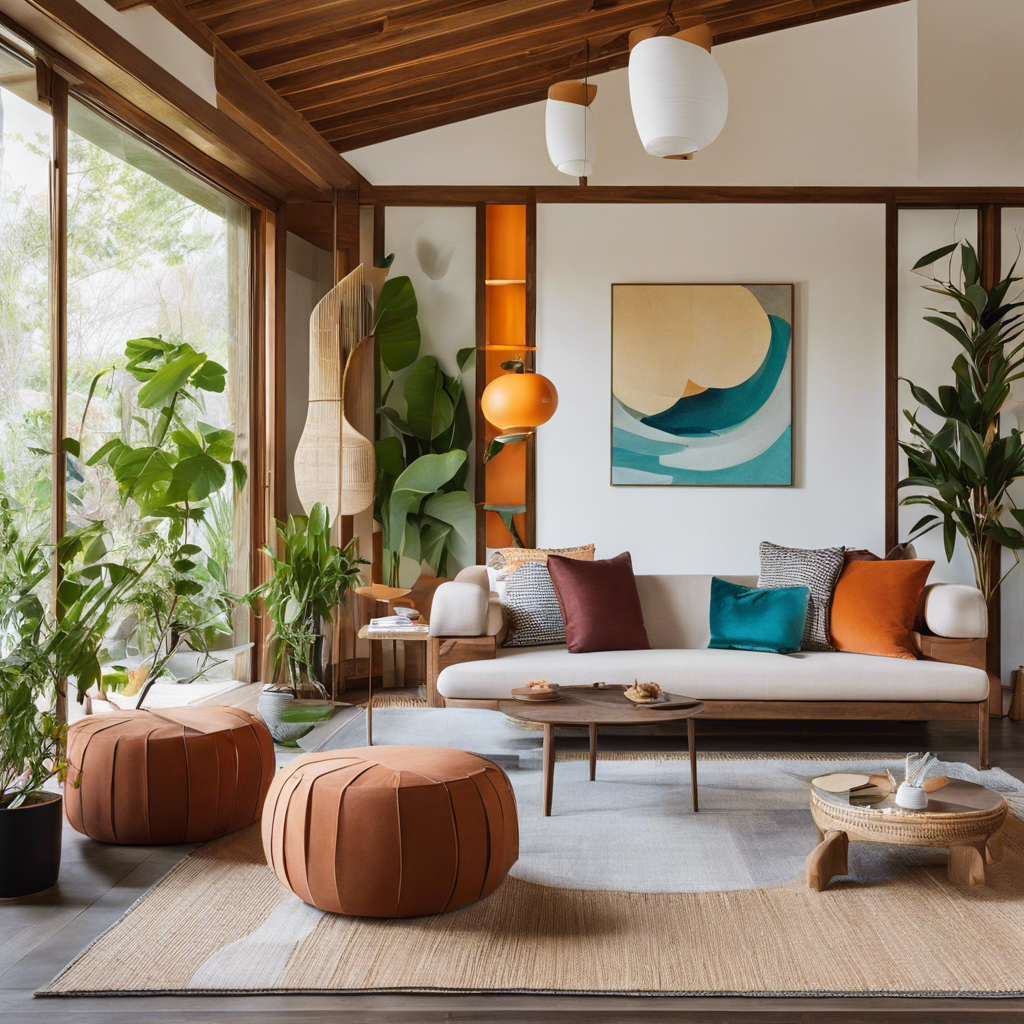Welcome to the world of Feng Shui, an ancient Chinese art of arranging your environment to promote a harmonious and balanced flow of energy. This practice has gained popularity worldwide as a way to create a peaceful and positive home atmosphere. By understanding and applying Feng Shui principles, you can transform your living space into a sanctuary that supports your physical and mental well-being. Let’s explore how to design a home that embodies the art of Feng Shui.
The foundation of Feng Shui lies in the concept of Qi (pronounced ‘chee’), representing life force or energy. In Feng Shui, the goal is to encourage the smooth flow of Qi throughout your home. This is achieved by considering the placement of furniture, the use of color, and the incorporation of natural elements. By arranging your space mindfully, you can enhance the positive energy and create a sense of calm and prosperity.
perched
Begin by assessing the layout of your home. In Feng Shui, the bagua map is a valuable tool that overlays your space, dividing it into nine areas representing different aspects of life, such as career, health, and relationships. Each area is associated with a specific element, color, and shape, providing guidelines for placement and decoration. For example, the wealth and abundance area benefits from wood elements, purple or red colors, and symbols of prosperity.
Clear out clutter to allow Qi to flow freely. Clutter blocks the natural movement of energy and can create stagnant areas in your home. Start by decluttering your space, getting rid of items you no longer need or love. Organize what remains thoughtfully, ensuring everything has a designated place. A tidy and organized home not only looks better but also contributes to a sense of tranquility and efficiency in your daily life.
Pay attention to the Bagua’s element associations and color recommendations when decorating. Each area of the Bagua is associated with specific elements and colors that enhance its energy. For instance, the career area is connected to water elements, black colors, and wavy patterns. Incorporating these elements and colors into your décor can strengthen the energy of that particular area. However, be mindful not to overdo it, as balance is key in Feng Shui.
The use of natural elements is essential in Feng Shui. Incorporate plants, flowers, and natural materials like wood and stone to bring a sense of freshness and vitality into your home. These elements help purify the air and create a connection with nature, promoting a peaceful and grounding environment. Consider placing a plant in the wealth area to symbolize growth and abundance.
In Feng Shui, the front door is considered the ‘Mouth of Qi,’ as it’s the primary entry point for energy. Ensure your front door is well-maintained, welcoming, and inviting. Keep this area clear of obstructions and consider adding a welcoming mat or a potted plant to create a positive first impression.
Feng Shui offers a holistic approach to designing your home, considering both the physical and energetic aspects of your space. By following these principles, you can create a harmonious and uplifting environment that supports your overall well-being and brings a sense of peace and prosperity into your life.
